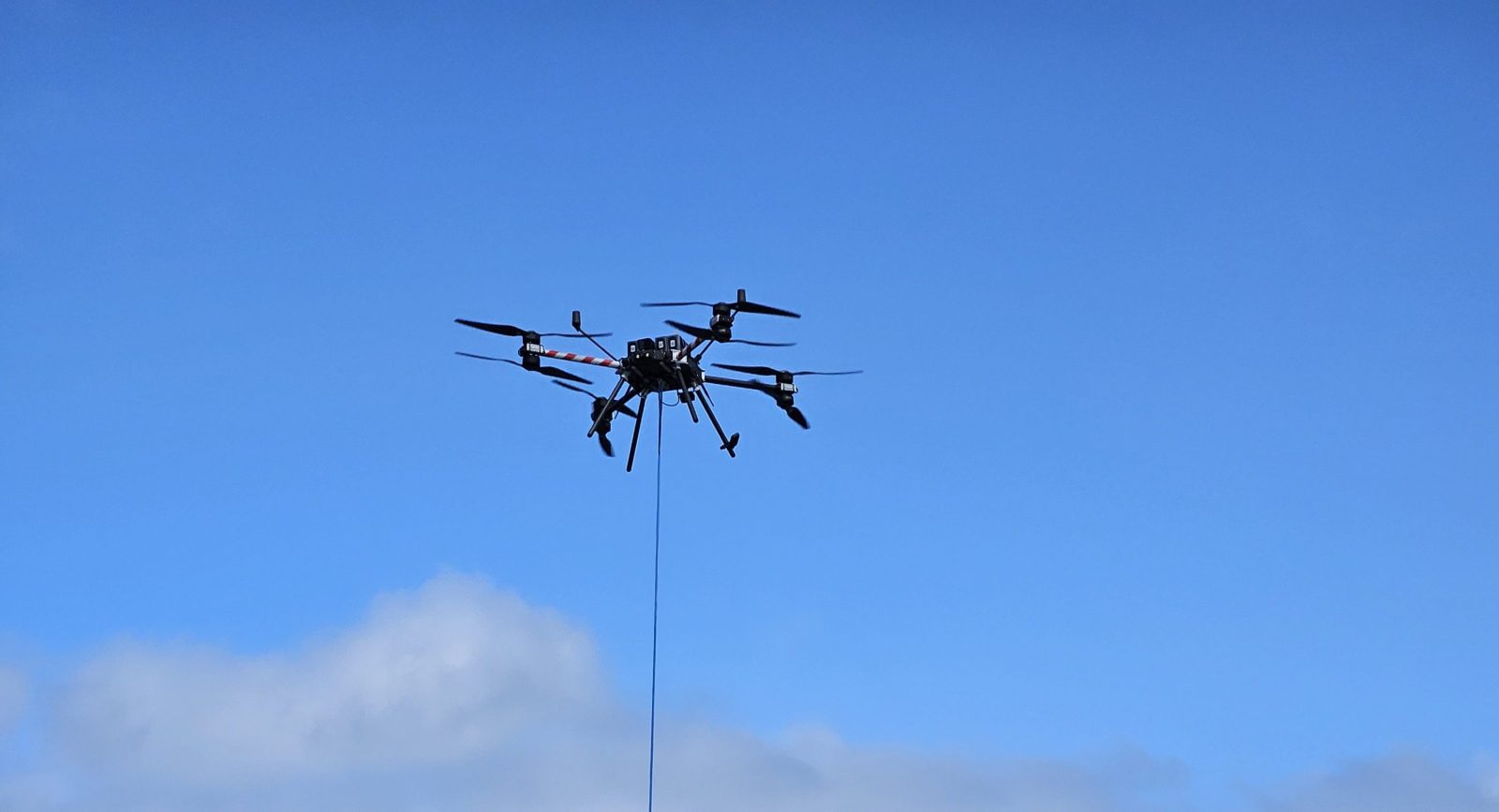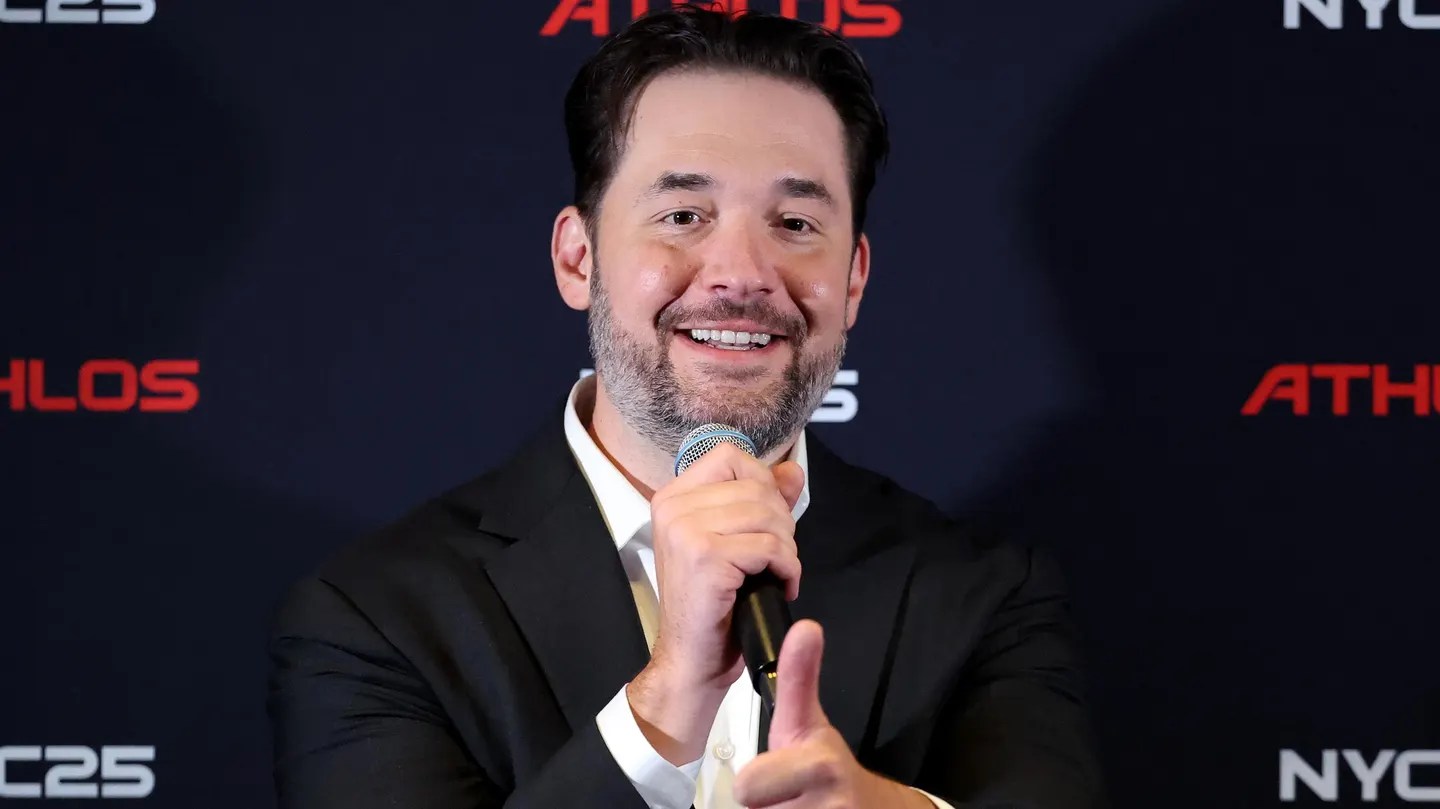With billions at stake for its upcoming media rights deal, the Las Vegas-based fight promotion is creating its biggest spectacle yet. An exclusive look at the knockout production.
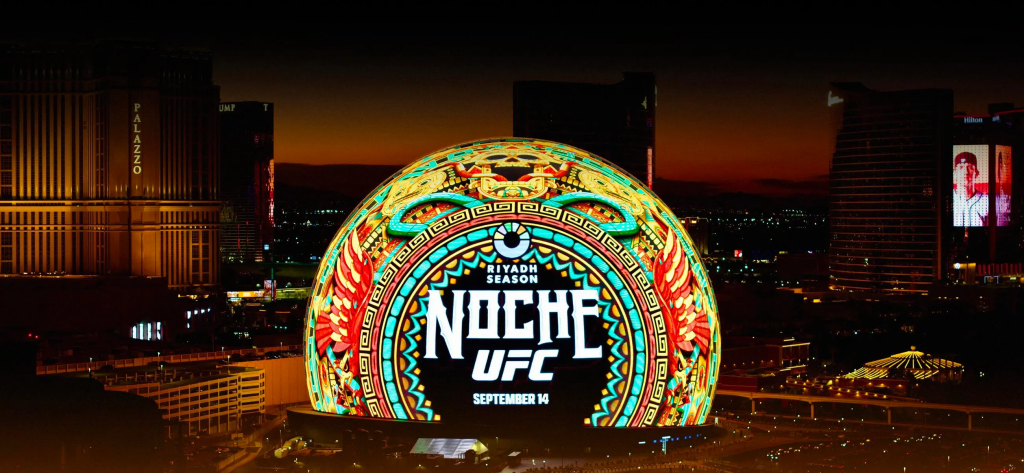
For all the grandeur of the Sphere, with its state-of-the-art, $2.3 billion dome and its 160,000-square-foot screen, Ultimate Fighting Championship CEO Dana White’s plan to bring the first sporting event to the entertainment venue came together some seven miles away, on the dusty outskirts of Las Vegas—in a storage closet.
The 55-year-old White says he sets up specialized rooms for all his ventures so he can visualize the information. He wanted to rent an external space and build a replica of the Sphere he could walk through, but his team advised him that spare space inside UFC headquarters would be more budget conscious. Within a week, a closet was cleared out and filled with schematics, renderings and storyboards that would lay out the most extravagant event in UFC history.
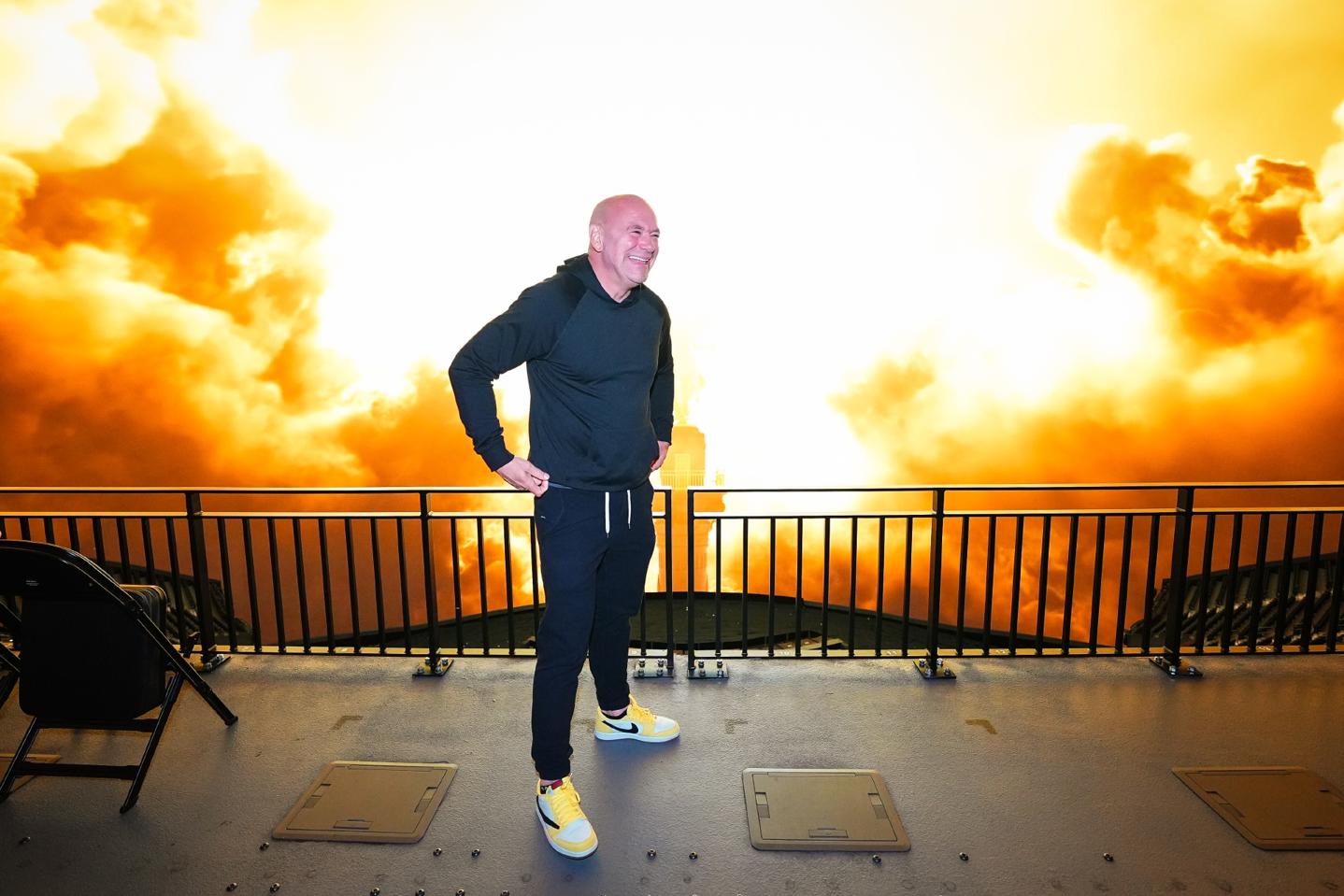
“This is a completely different animal than anything we’ve ever done,” says White, who granted Forbes exclusive access to the closet and detailed his ambitious plan for UFC 306 on September 14. “I knew this wasn’t going to be cheap, but I literally said I don’t [care] what this costs. This is, on Mexican Independence Day, my love letter to the Mexican people.”
Initially, no one at the company, including White, had any idea how expensive it would be to stage a promotion at the 18,600-seat venue. When the CFO at TKO Group Holdings, UFC’s New York City-based parent company, asked what the budget might be for the event, UFC executive vice present and chief content officer Craig Borsari estimated $8 million. “I guessed high,” Borsari says, and considering the most expensive UFC pay-per-view to date had cost a little over $2 million to produce, “I thought it would easily be covered.”
In the end, it cost White and Borsari more than $20 million to realize their vision for UFC 306 (each UFC pay-per-view event is numbered, going back to UFC 1 in November 1993). Saturday’s spectacle will include six short film segments before each fight tracking Mexican history from the dawn of man through to hundreds of years in the future, each with its own animated graphics, practical effects and elaborately costumed octagon girls.
All told, it’s the work of more than 300 creatives, and another 150 on fight night—including multiple Emmy winners, Golden Globe winners and Oscar nominees—all hoping to prove that live sports in the Sphere is viable, and perhaps even spectacular, both for attendees and viewers around the globe.
Big League Paydays
UFC’s media rights deal with ESPN expires in 2025. Here’s how its fees stack up against other professional sports.
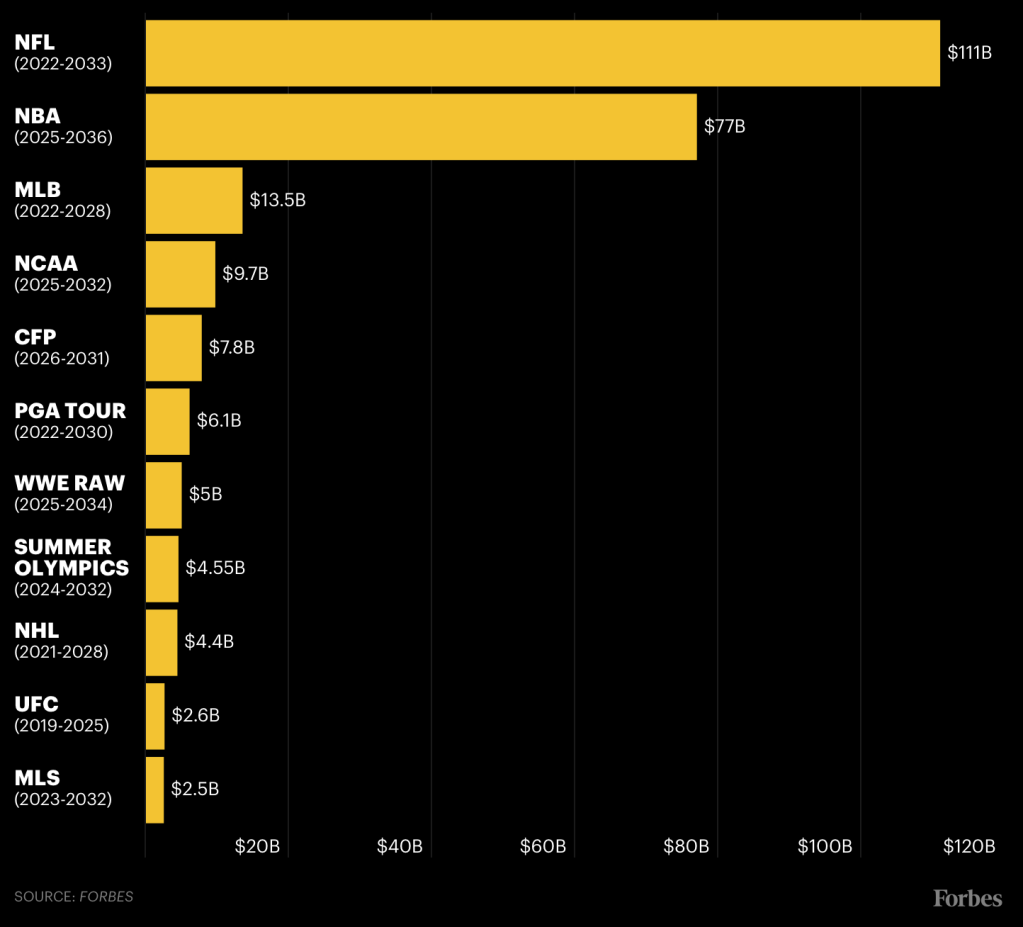
“Obviously this whole plan was conceived with a path to profitability, but having said that, that’s secondary when it comes to this one-and-done event,” says TKO’s president and chief operating officer, Mark Shapiro. “Sometimes you’ll make an investment that financially doesn’t pencil out, but long term it ends up delivering all kinds of upside, and that’s really the logic and rationale behind our strategy with the Sphere event.”
For TKO, a company founded last September when Ari Emmanuel’s Endeavor merged UFC and WWE into one $20 billion publicly traded entity, the real money is made from media rights. Some two-thirds of TKO’s $851 million in revenue last quarter came from the category, including UFC’s current pact with ESPN, which expires at the end of 2025. Negotiations are expected to begin early next year. In other words, now is the perfect time for a noisy, attention-grabbing event.
“It is an important step for them to show how big UFC can be,” says Robert Fishman, a senior research analyst at MoffettNathanson. “To the degree that they are going all-in and spending the resources that the company has, it seems to be trying to take UFC to a different level.”
In a stock report dating from early August, MoffettNathanson projects UFC’s next media rights deal could fetch roughly $450 million per year, up from $300 million on the current deal. The rights to pay-per-view events, which ESPN currently pays UFC an additional $260 million per year for, according to the report’s estimates, could be worth another $450 million in the next cycle (ESPN pays UFC upfront and collects all money from the individual PPV buys, a new wrinkle in their two-year extension of the original five-year deal from 2018). The primary questions, Fishman says, are whether media companies think of UFC as a “must have” sport or a “nice to have” sport, and whether Disney (the parent company of ESPN) will be willing to spend that much, especially after recently agreeing to an 11-year deal to broadcast NBA games—and the Finals—for $2.6 billion a year, nearly double what it pays now.
If UFC 306 proves to be the “brand-builder” that Shapiro believes it will be, then it could serve as a strong signal to media partners, sponsors and other venues across the world. Recently, UFC has found more sites willing to pay to bring an event to their city, including an estimated $25 million to host a pay-per-view in Abu Dhabi, $20 million for a fight night in Saudi Arabia, and mid-seven figures for events in New Jersey and Australia in the past year. Shapiro says he hopes to expand the category in the future. In the case of the Sphere, it’s UFC that is paying to rent the venue.
White, on the other hand, brushes aside the notion that UFC’s Sphere event serves as a commercial for potential suitors, or that the resources of TKO played any role in it coming together. “No,” he says. “I’d have done this no matter what.”
The Sphere has been White’s obsession since he attended a U2 concert there last September, thanks to a surprise invitation from NFL legend Tom Brady. Watching from his seat in Sphere owner James Dolan’s box, White was not only dazzled; he was inspired. He called Borsari the next day.
“Whatever your plans are next weekend, cancel them,” White remembers saying. “You’re coming to the Sphere. I have an idea.”
Immediately, Borsari saw challenges for staging a sporting event in the arena. The lighting rig that normally hangs above the center of the UFC octagon would block the Sphere’s screen, so the production crew needed to devise a never-before-tested system of trusses mounted behind the Sphere’s LED panels, from which they could hang cameras and lights that shine through preexisting holes in the panels, all without melting them. The fan experience was also an issue because, despite its shape, the Sphere does not feature 360-degree seating, and the normally coveted ringside chairs have the worst view of the giant screen.
Then there was the broadcast to consider. To capture the magnitude of the Sphere screen, UFC hired a team to shoot it using specialty cameras and ultra-wide lenses, in addition to the regular in-venue and broadcast crews. UFC 306 will require 45 cameras, compared with 20 at a regular event, and four production trucks, instead of the usual two, to translate the Sphere experience to a TV audience. “Can that be done?” White says. “Who knows?”
As the plans came together, the Sphere itself continued to host nightly shows—including a Dead & Co. residency—leaving very little availability to test the setup. UFC’s first run-through, in late July, was staged from 2 a.m. to 7 a.m. White remembers it well. He says he was up all night, physically ill from the stress. Then, after watching just one of the short films, even in a 50% rendered form, he was so relieved he told Borsari he might as well go home.
Less than two weeks from the event, nobody had seen fully rendered versions of the films. Because of the size and resolution of the Sphere’s screen, an astounding 16,000 x 16,000 pixels, even the smallest change takes 10 days to render. UFC built a server farm on location to minimize variables during the rendering process, and in late August, Borsari said it was “pencils down” on creative changes. That is, until White, ever the perfectionist, ordered a reshoot on one of the ring walk videos over Labor Day weekend so the fighters’ teams would appear behind them, just as they will on fight night.
These are details that both men admit most viewers won’t even notice. Or worse, a TV viewer could get up and go to the bathroom between fights and completely miss one of the 90-second films, nullifying some $3 million in expenditure. “That kills me,” White says.
Still, UFC 306 has the potential to recoup its investment. The company expects the highest gate revenue in UFC history—a record currently held by UFC 205, a 2016 card with Conor McGregor in Madison Square Garden that had gate receipts north of $17 million.
And being the first to figure out the logistics of sports at the Sphere comes with more creative ways to monetize a production. When White and Borsari toured the TKO board of directors through the storage closet-turned-war room in mid-August, board member Jonathan Kraft told them they ought to seek out a patent for the company’s setup, cashing in when any other live sports want to host an event at the Sphere.
White says he doubts any other sports promotions will be crazy enough to spend so much on one event, but he has allowed himself to dream equally big with his post-event plans. His goal is to be nominated for an Emmy, a Grammy and an Oscar, and then cut a deal to sell an edited version of UFC 306 back to the Sphere as a more permanent attraction.
But he’s the first to admit that the event’s success isn’t entirely in his control. “All the bells and whistles and all the $20 million I spent means [nothing] if the fights aren’t amazing that night,” White says. “We won’t know until the end of the last fight that night whether the whole concept even works.”
This article was originally published on forbes.com and all figures are in USD.
Don’t miss the opportunity to gain exclusive insights that could shape your financial future. Join us at the Forbes Australia Icons & Investors Summit to hear directly from Australia’s top business and wealth experts. Tap here to secure your ticket.
Look back on the week that was with hand-picked articles from Australia and around the world. Sign up to the Forbes Australia newsletter here or become a member here.
